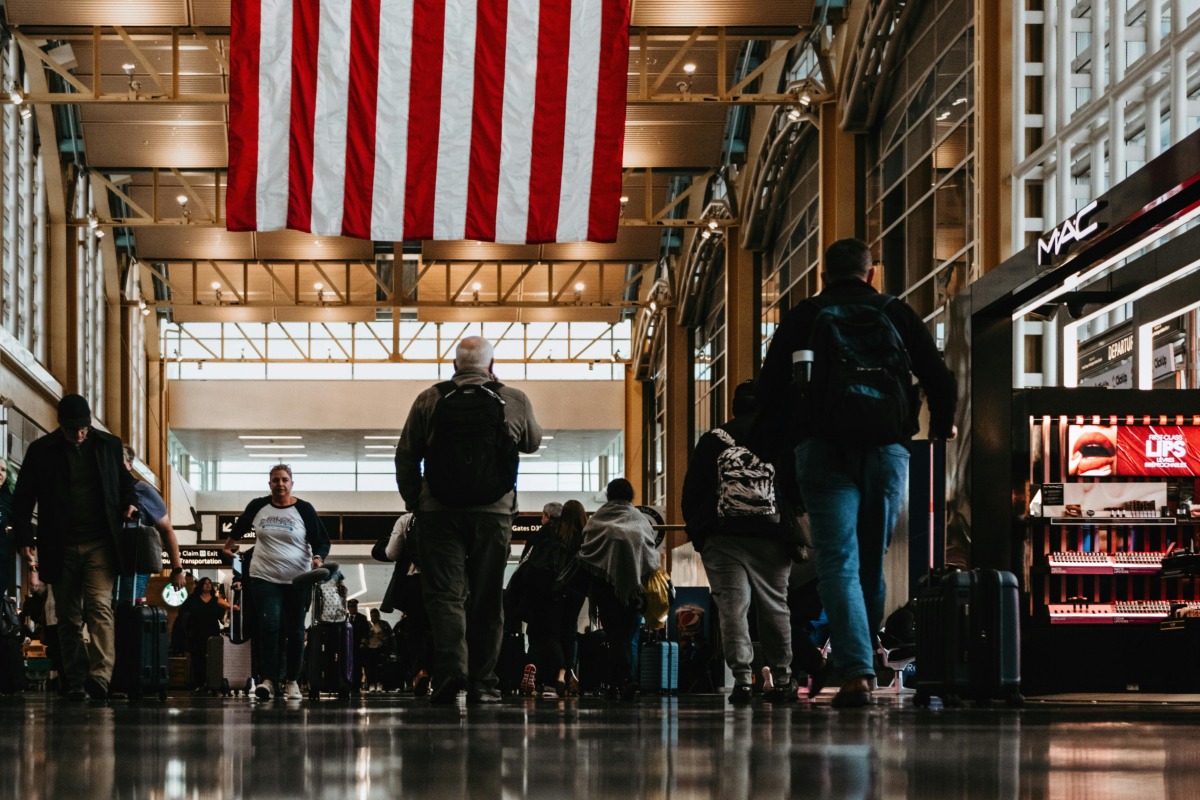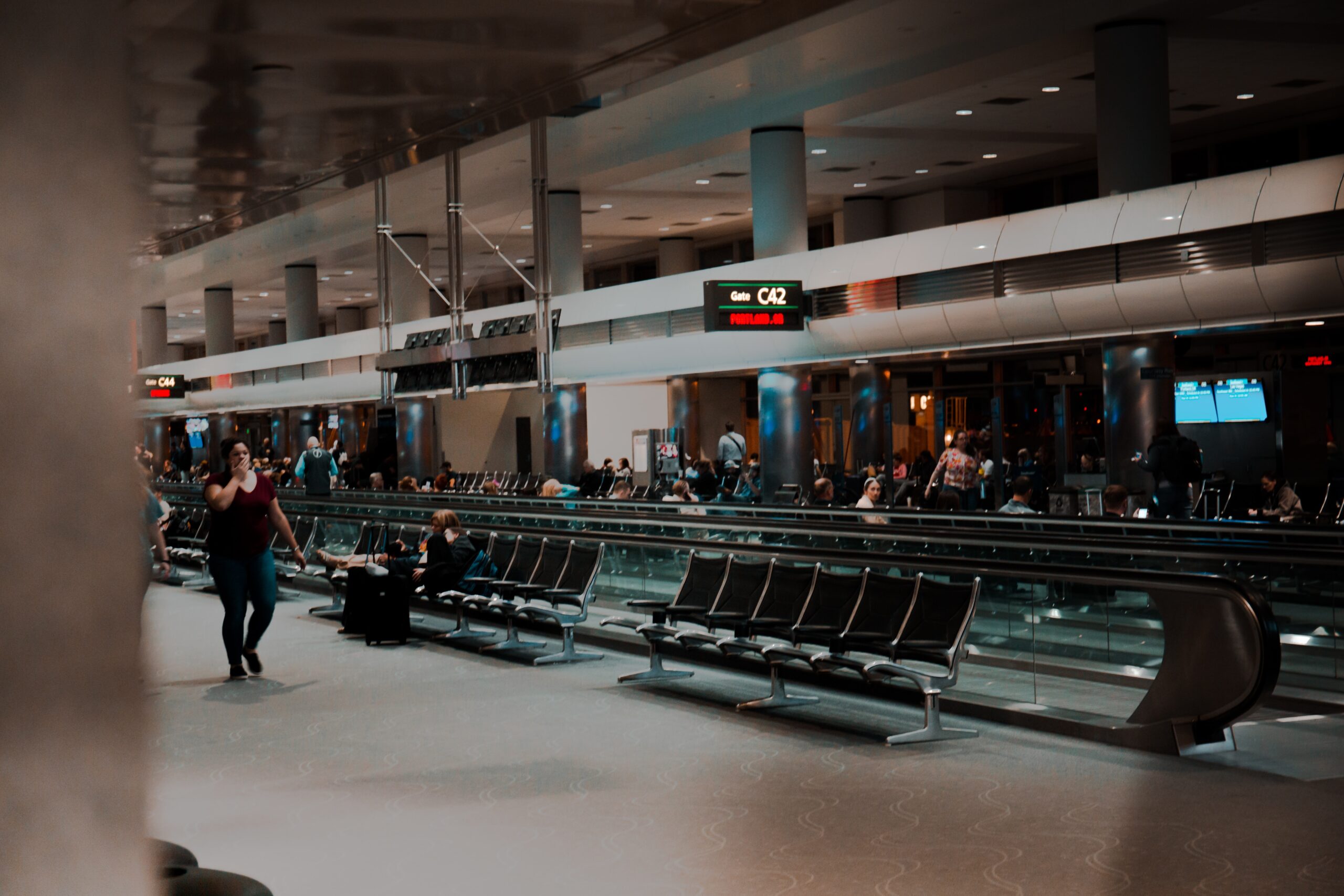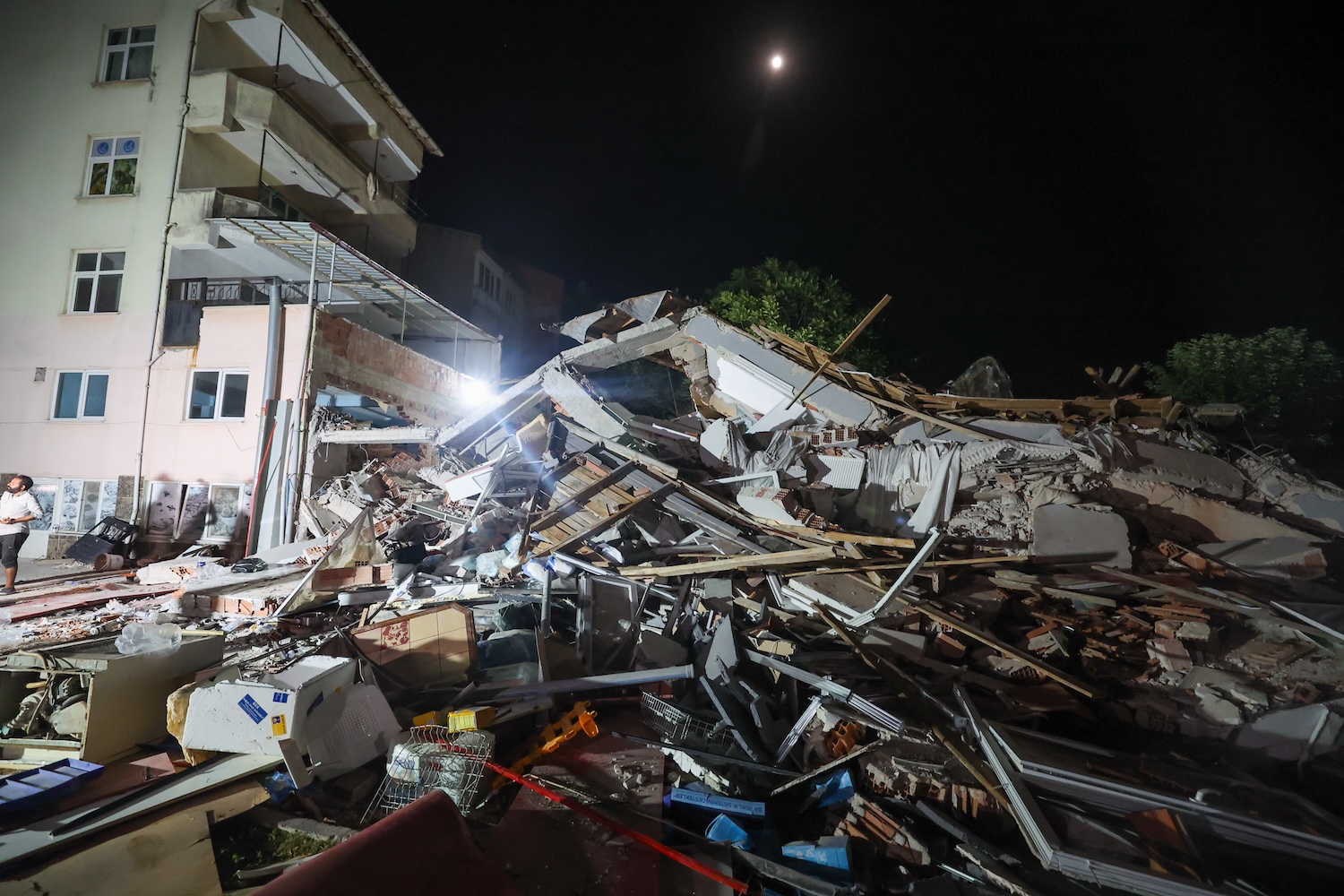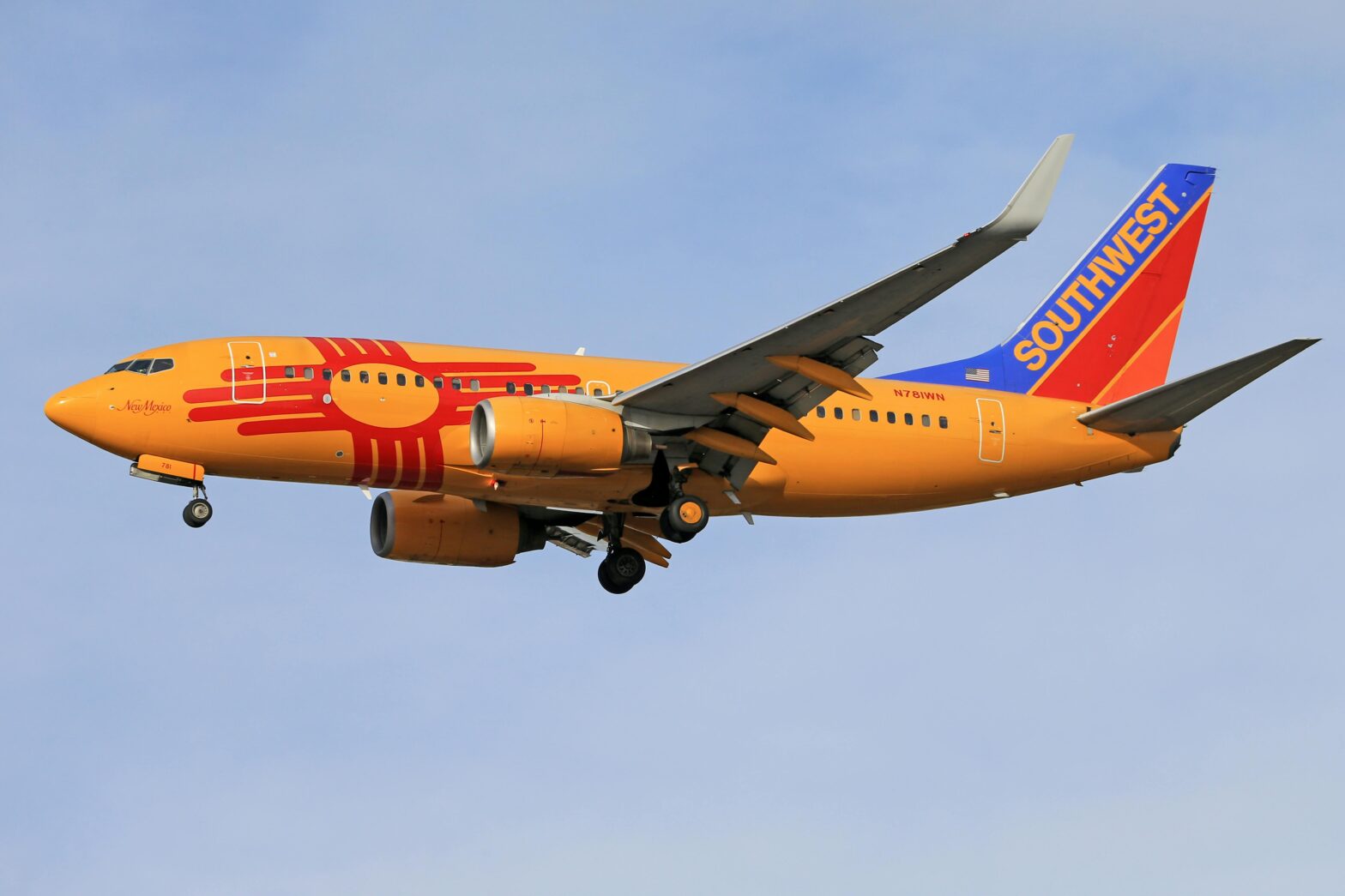Flying the friendly skies used to be a luxurious experience that made travelers the envy of all who knew them. From posh seats to smartly dressed flight attendants, there’s something alluring about the golden age of air travel. These days, between shrinking airplane seats, rowdy and just plain weird passengers and constant fees for seemingly anything, flying is anything but a luxurious experience if flying the commercial route.
As if there’s not enough to stress out about for even the most zen of air travelers, delayed and canceled flights can make a frustrating situation even worse. If travelers are trying to catch a connecting flight to their destination, a delay along the route can spell trouble for their journey. Thankfully, there are tools to use to determine just how likely plane travelers are to have a frustrating or enjoyable travel day.
One option is for travelers to download their airline’s app and pay close attention to the incoming airplane that will eventually be relabeled with their flight number. In many instances, travelers can track that plane all the way back to its first route of the day. A good rule of thumb to follow is that if its first take-off was late, then there will often be delays for the rest of the day. But there’s also something known as a Misery Map. Find out why the Misery Map can be helpful to prepare for what might be a headache of a travel day.
What is the FlightAware Misery Map?

As ominous as the name Misery Map sounds, it’s actually a straightforward travel tool. The Misery Map is simply an interactive map that updates in real time, displaying the current delayed or canceled flights for airports. While travelers can focus solely on flights arriving and departing from U.S. airports, if flying abroad, the filters can be adjusted to focus on flights worldwide.
On first use of the Misery Map, it will focus initially on the 16 busiest air traffic cities in the U.S., normally locations that also serve as hubs for the main airlines. Flights are aggregated and color-coded, with green representing on-time flights and red representing delayed or cancelled flights. Keep in mind that if there are multiple major airports clustered together (as in New York or Miami), travelers will need to click on a city code to further specify and see the potential misery on a per-airport basis.
More importantly, the Misery Map shows 48 hours worth of flight data. So, presumably, users can track their odds of struggling in the airport up to two days prior to their upcoming flight.
Who Created the Misery Map?
Misery Map was created by FlightAware, an aviation service that lets its users track the real-time status of any flight in the world as long as either the flight number or route and airline is known. Similar to the Misery Map, FlightAware’s main product is an interactive map where users can either enter flight information, readjust the map, or tap on any flight on the screen to get its flight details. This even includes private or chartered flights. This can be a useful tool for anyone who wants their fingers on the pulse of the comings and goings of U.S. airports, either because they’re a frequent traveler, or because they want to spice up their day with a touch of schadenfreude.
How Can Travelers Use a Misery Map?
Is the Misery Map going to protect travelers from ever experiencing a delay or cancellation? No, of course not. But, it can give travelers a real-time view of what to expect when they arrive to the airport. It’s ideal when used with other tools such as the “incoming flight” information for the intended aircraft (which most airlines provide). Travelers will get a better idea of whether a trip is going to be smooth sailing or if they should arrive to the airport bar or lounge because there’s a long wait in their future.
Most importantly, when there are massive airline snafus, (for example an airline’s booking system going haywire and flights are cancelled en masse) seeing red across the country on the Misery Map is a big sign that travelers should rebook flights if possible.
Tips To Minimize the Sting of Flight Delays and Cancellations

Misery Map can’t prevent flights from being cancelled. But as mentioned, it’s one of the few tools travelers can use to make their next trip less stressful. Consider the following tips for a better travel day.
Download the Airline’s App
It’s unlikely that there’s an airline out there that flies to or from the U.S. that doesn’t have a companion app. Before the next trip, download the app and be sure to preload flight information even if it requires creating a free account. In most cases, the app will update with flight changes long before notifications are provided at the gate. Not only will the app let travelers know if there’s delays, but it can also track an airplane using the “where is my flight coming from” feature that many airlines provide. Similarly, if there are delays or cancellations, travelers can use in-app customer support (which is usually faster than the phone) to switch flights.
Know Flight Rights
Every airline is different, but if a flight is significantly delayed or cancelled, travelers are often entitled to refunds or even hotel accommodations. More importantly, know that the U.S. Department of Transportation has strict minimum guidelines that airlines must follow when they cancel or delay flights, and even when bumping customers either down a class of service or off a flight entirely. Airlines can opt to offer more and make a bitter situation less stressful, but they must at least meet the DOT’s requirements.
Research the Airport Before Arrival
Even if a flight is on time, travelers might not want to sit at the airport gate unless they enjoy people watching. Assuming a traveler arrives early enough that they have plenty of free time on their hands, they can research the restaurants near their terminal, or consider purchasing a day pass for their airline’s airport lounge (assuming there is one and they do not have ticket status to access the lounge for free).
Check websites like Reddit and travel forums as well to get more personalized updates and accounts of an airport’s current standings. While you might not get to-the-minute news, you can at least know a bit more of what to expect when you’re arriving.
Enroll in TSA PreCheck or Global Entry
Nothing derails a flight plan like getting stuck in a security checkpoint line that’s moving slower than a snail’s pace. Avoid this fate as much as possible by either getting TSA PreCheck or Global Entry. Of the two, Global Entry includes using the TSA PreCheck lanes at U.S. domestic airports. Meanwhile with both, travelers do not have to take their shoes off or remove electronics from their bags when going through security in U.S. airports.





